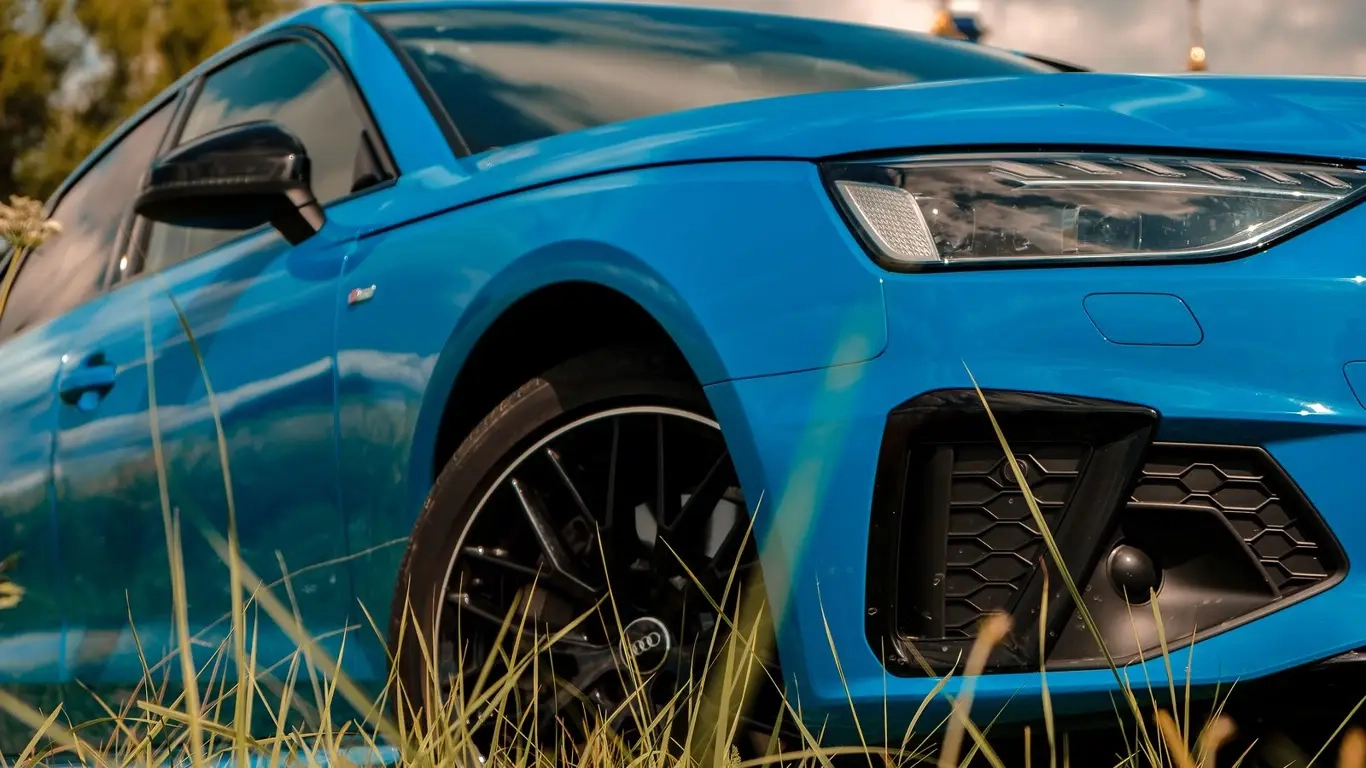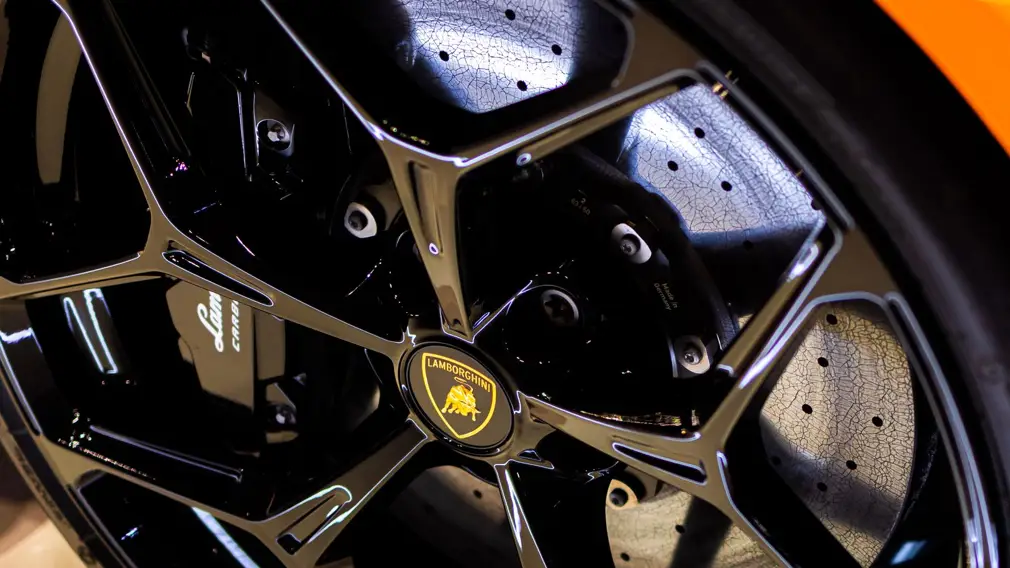Brake vibration isn't warped rotors: causes and fixes


Learn why brake vibration and steering wheel shake are usually pad deposits, not warped rotors. Get bedding tips, torque advice, and when to resurface.
When the steering wheel starts to shudder under braking and the pedal vibrates, many drivers assume the rotors are warped. But, as auto expert Dmitry Novikov explained to Tarantas News, in most cases the discs themselves aren’t bent—the real issue is uneven pad deposits on their surface.
As the brake pads clamp the disc, their friction material leaves a thin film of resin and fibers. During hard stops, parts of this layer burn off and create microscopic high spots. Over time they multiply, and the driver feels a pulsation that can easily be mistaken for a deformed disc.
To bring the brakes back to normal, a repeat bedding procedure is usually enough: make several runs accelerating to 80 km/h and slowing to about 15–20 km/h without coming to a complete stop. This helps even out the disc surface and get rid of the vibration.

It also pays not to hold the brake pedal when the wheels are hot—for example, at a traffic light. In that moment the pads can stick to the disc and leave an imprint. Another detail worth watching: unevenly tightened wheel bolts load one side and can truly warp a disc.
If the defects are too deep, the discs can be resurfaced or replaced, but only if there’s enough material left, Stepantsov noted. The minimum thickness is marked right on the hub, and after machining the disc must still be at least 1.2 mm above the allowed limit.
Regular checks and a gentle driving style will extend the life of the braking system and help avoid costly repairs.